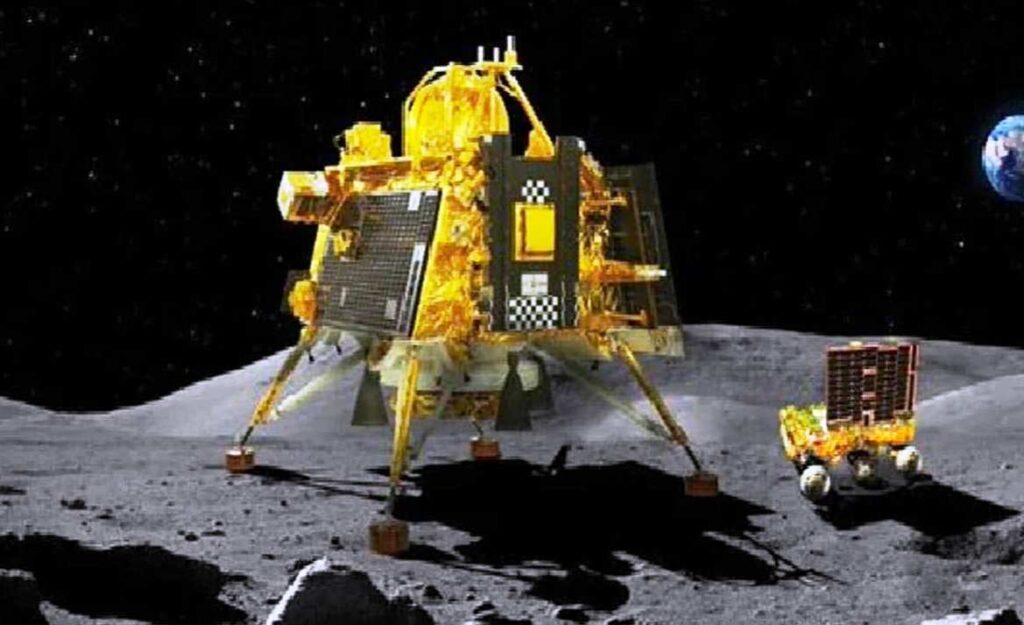Chandrayaan-3 is a memorable mission in the history of Indian space missions. After the United States, China and the former Soviet Union, India has become the fourth country in the world to land on the moon.
Achieving a soft landing is only part of the plan. After reaching the lunar surface, the Vikram lander module will descend the rover. Pragyana is a six-wheeled rover designed to study the lunar surface. It will be able to cover a distance of up to 500 meters per Earth day on the surface of the Moon.
Its primary purpose is to study the geology of the Moon, which will provide information on the composition of Earth’s satellites. It also gives a better understanding of the history of astronomy.
Science will conduct major searches for magnesium, silicon, potassium, calcium, iron and many other elements in the surface. In particular, it will help to understand the Moon’s delicate atmosphere, study its motion, and study its day/night cycle.
Scientists will also study lunar dust, or regolith, which is a layer covering solid rock and is usually in the form of dust or clay. The rover will use lasers to melt the regolith to study the out gassing.
Pragya will create digital renderings of the lunar surface with its on-board stereoscopic 3D camera. It will help in wayfinding and navigation. Vikram will act as a lander relay, sending information from science to Earth for further study.








